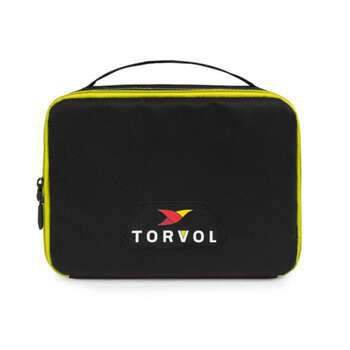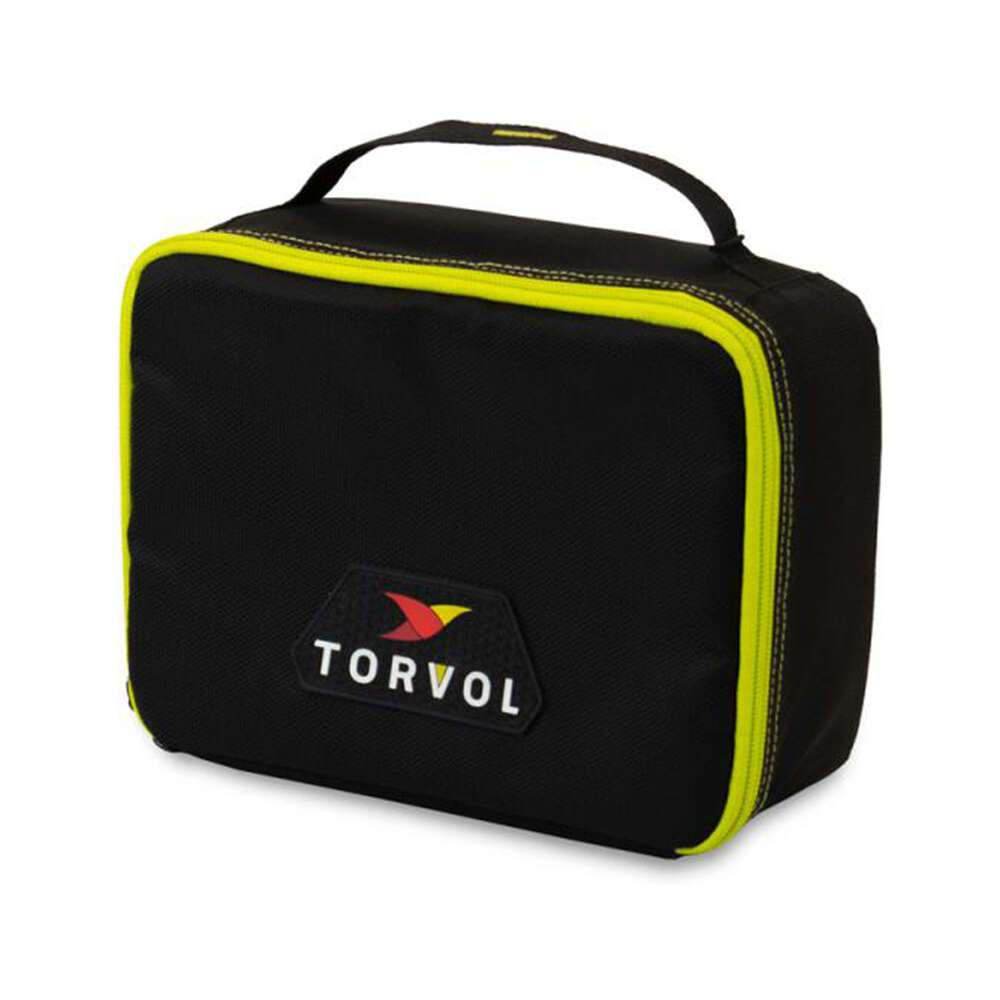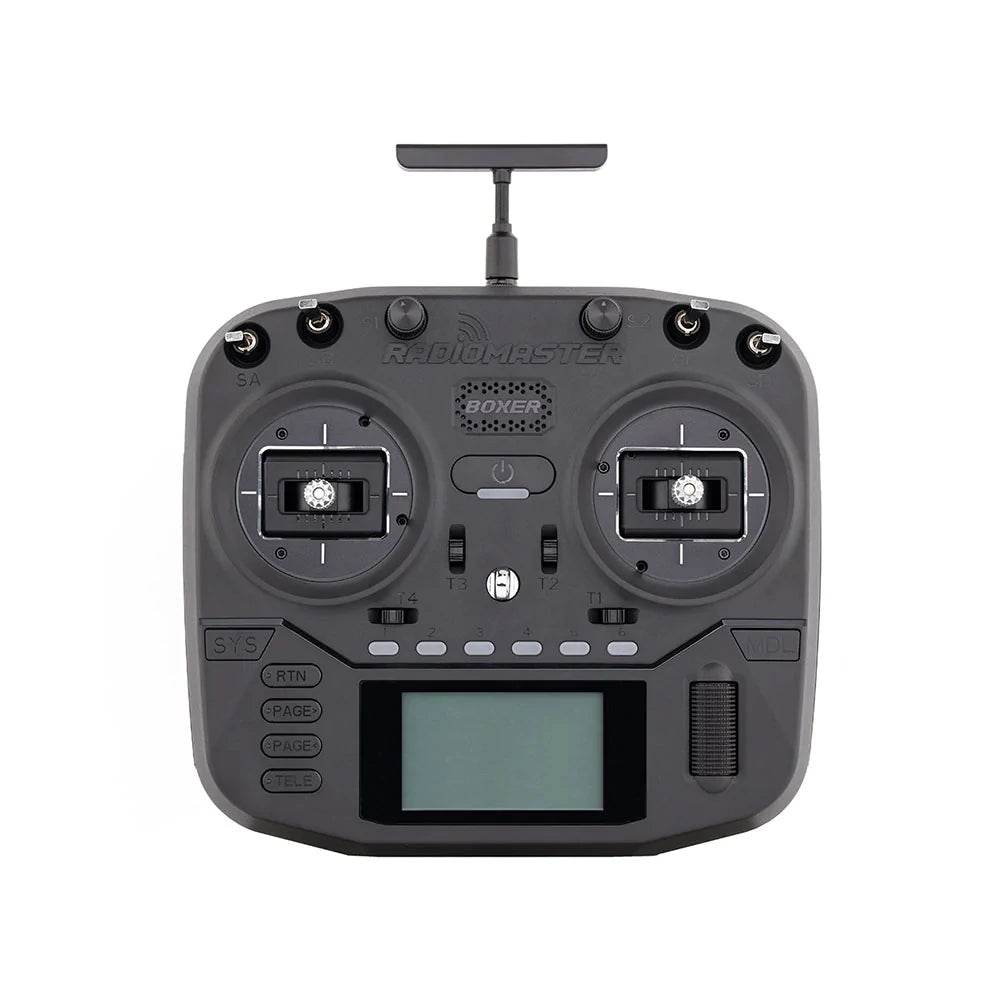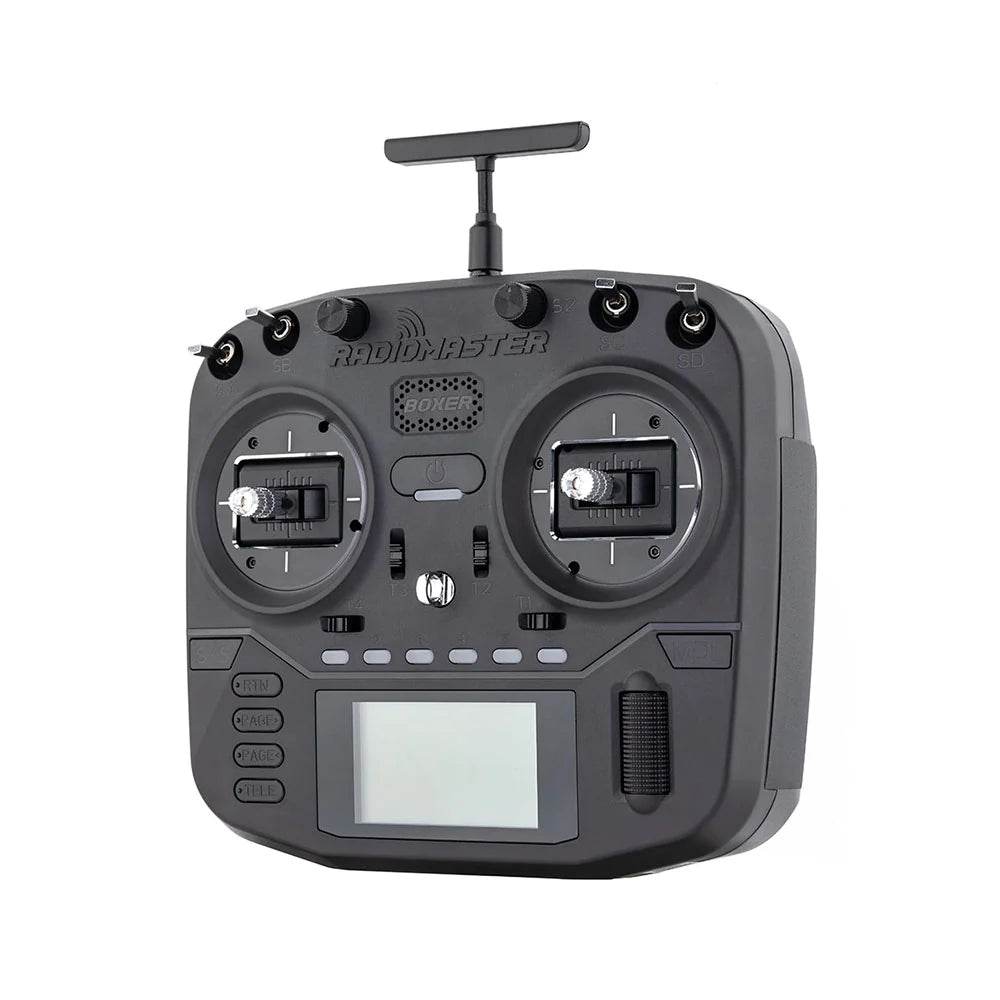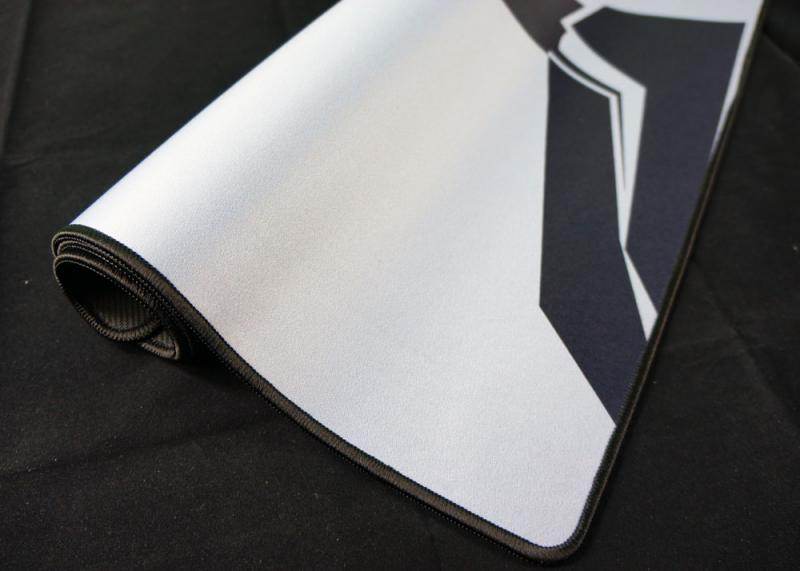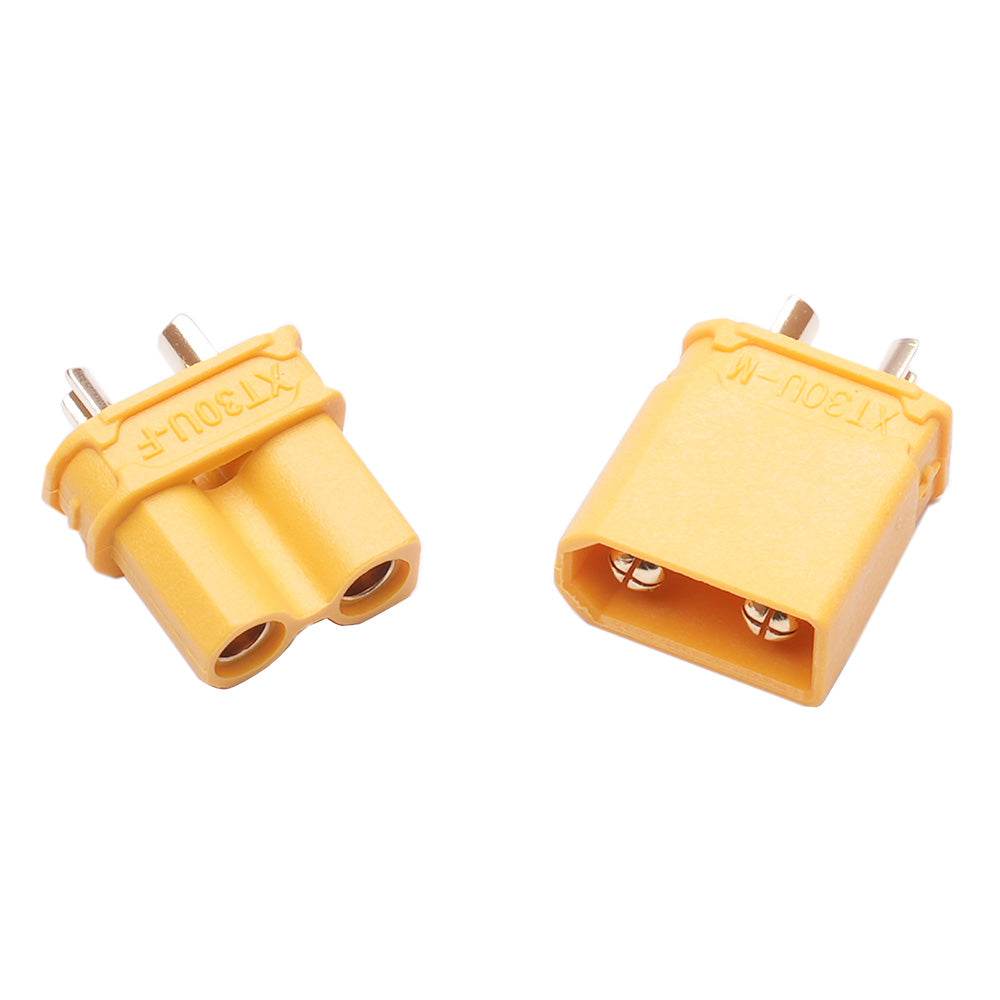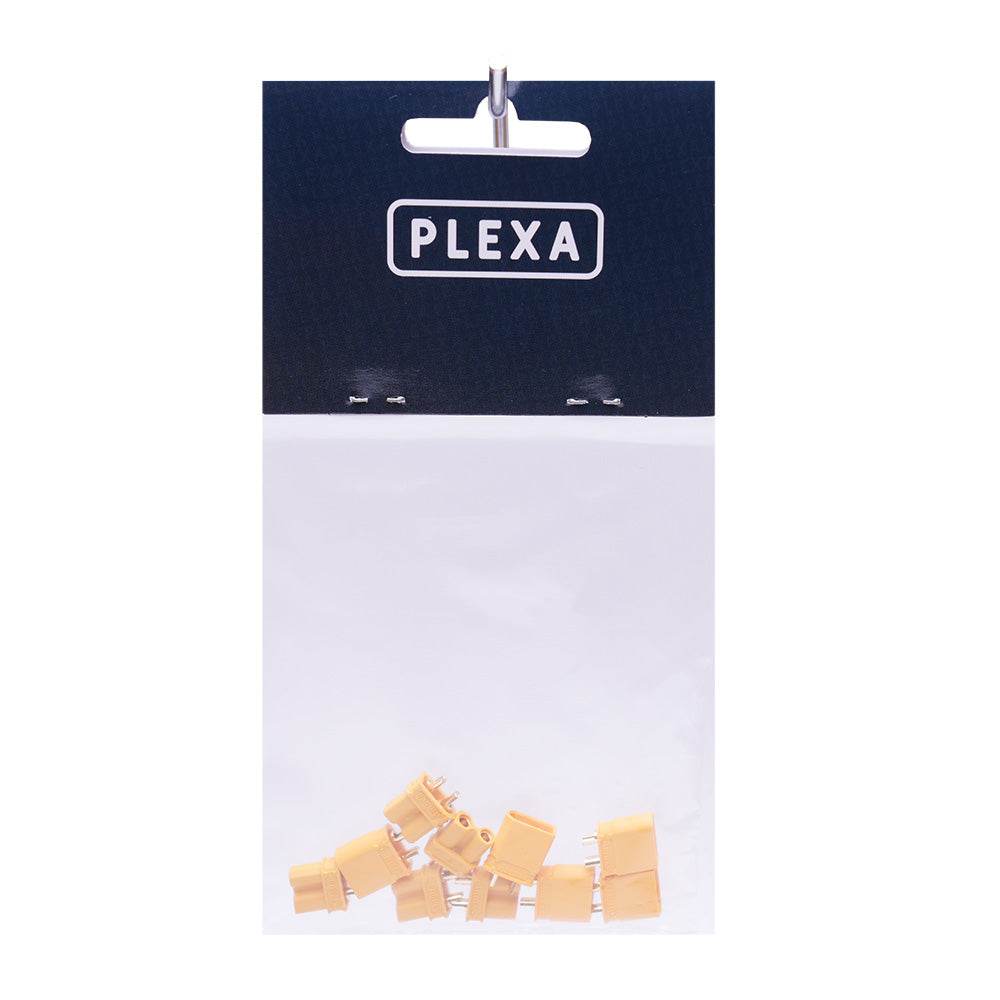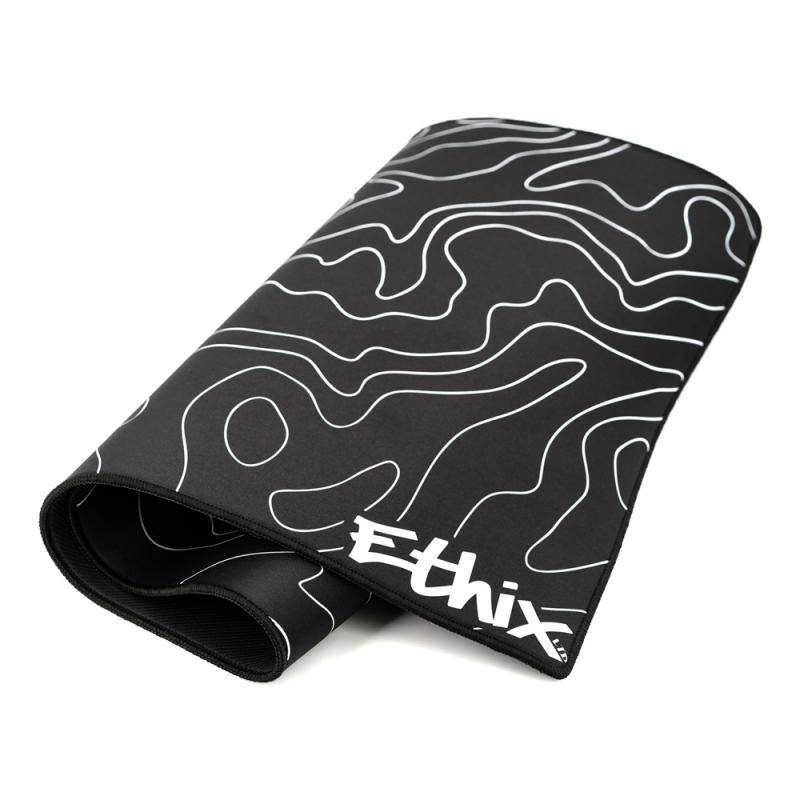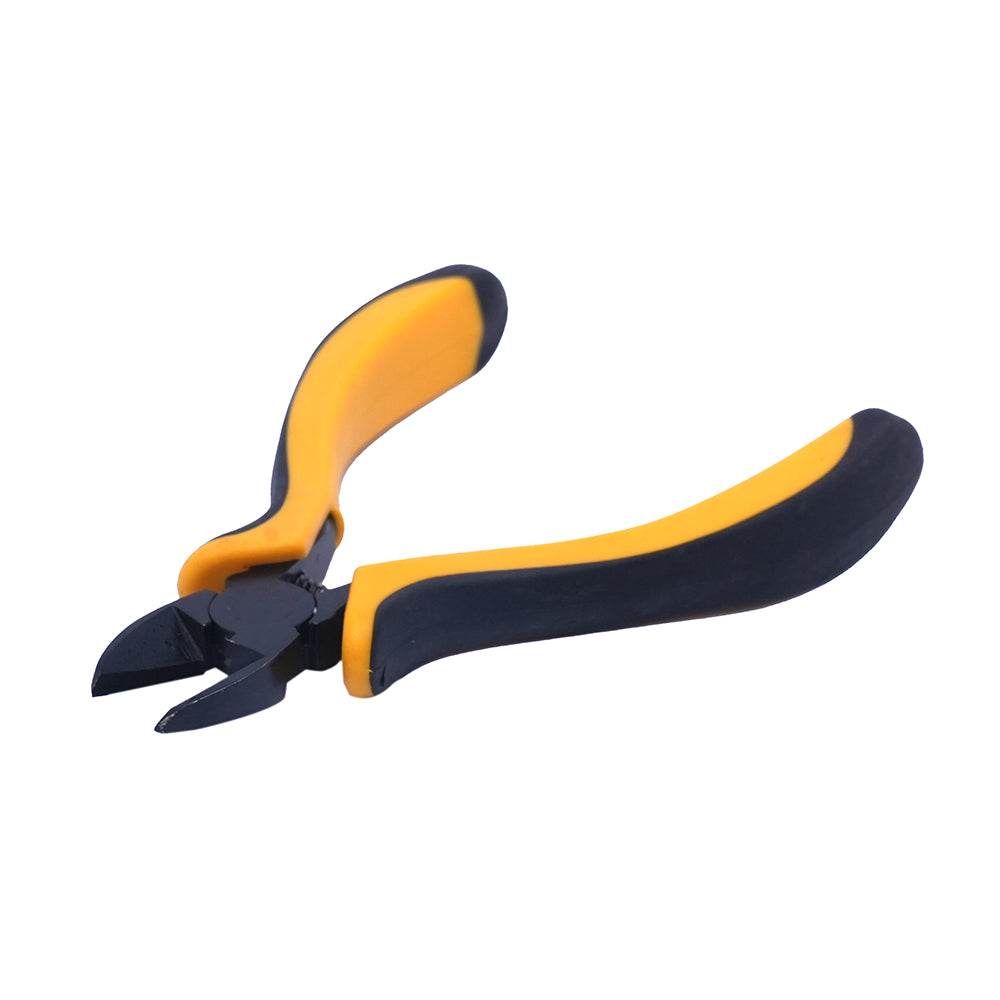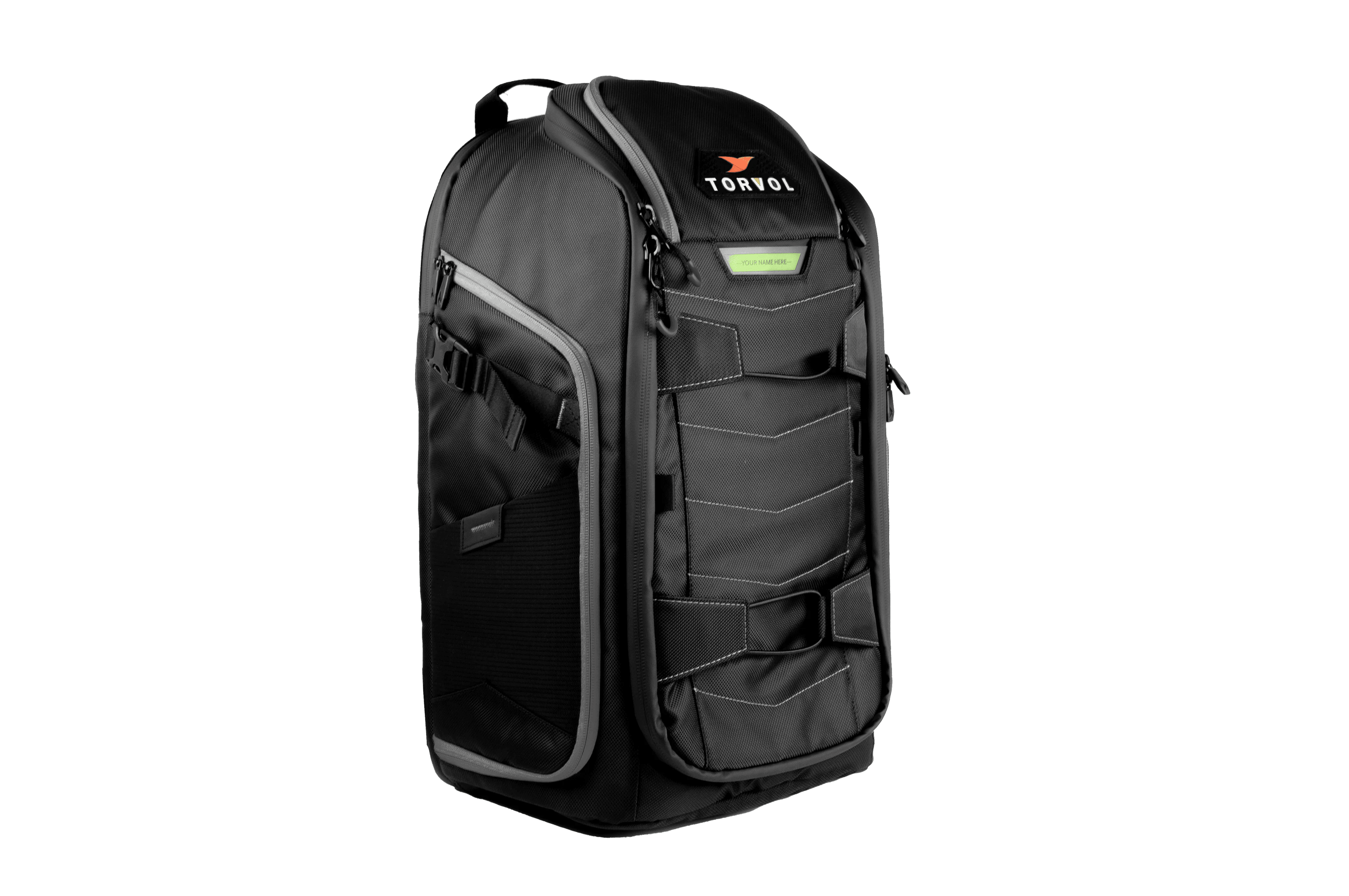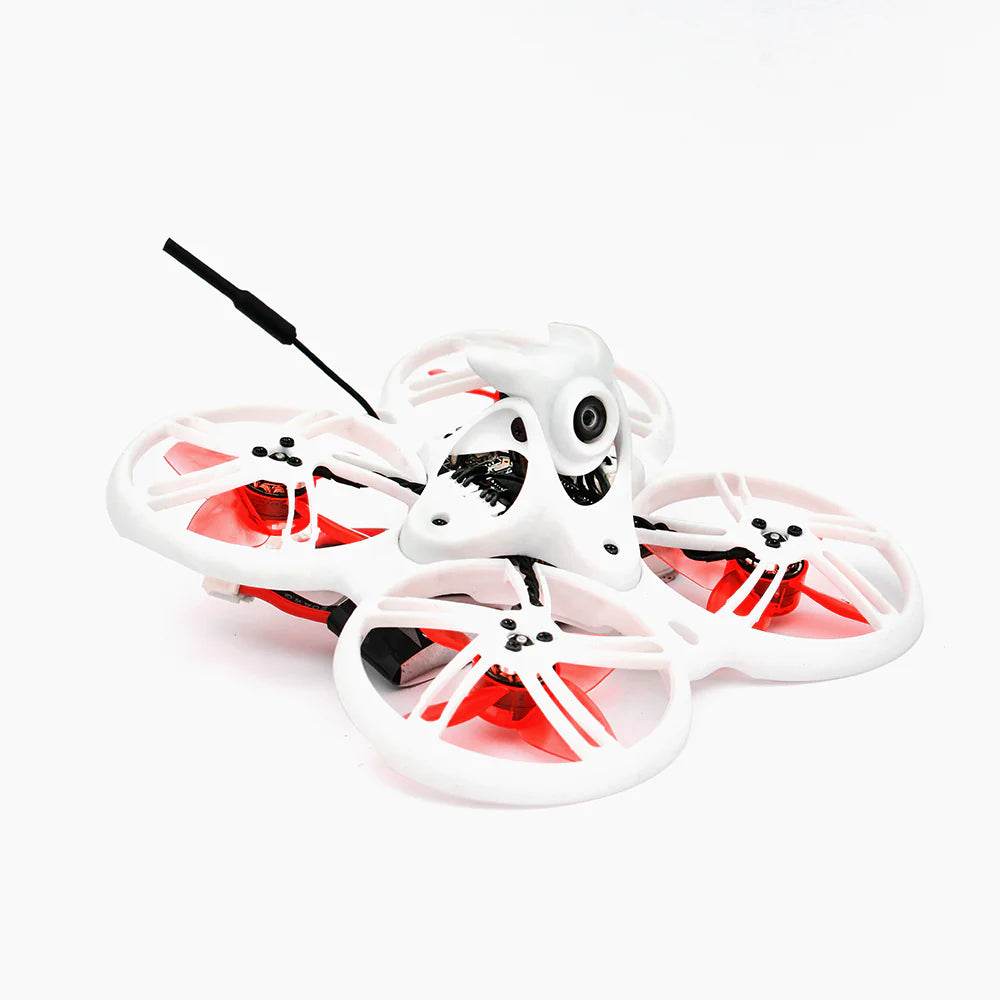Quick Menu
- RISING SUN 3D - ON DEMAND 3D PRINTING
- Ak Interactive
- All Game Terrain
- Ammo by MIG
- Army Painter
- Backpacks and Carrycases
- Bifrost Airbrush Paints
- Coming Soon!
- Connectors
- Chargers
- Gift Cards
- Laser Cutter, Engravers and CNC
- New Items
- Painting Brushes and Tools
- Sale!
- Services
-
- SMS - Premium Acrylic Lacquer Series
- SMS - Pearl Acrylic Lacquer Series
- SMS - Auto Colour
- SMS - Brush Series
- SMS - Cements & Adhesives
- SMS - Colour Sets
- SMS - Colour Shift Acrylic Lacquer Series
- SMS - Crystal Acrylic Lacquer Series
- SMS - DragonAir Airbrushes
- SMS - Effects Acrylic Lacquer Series
- SMS - HyperChrome Series
- SMS - Infinite Colour - Water Based
- SMS - Masking Series
- SMS - Metallic Acrylic Lacquer Series
- SMS - Precision Tools Series
- SMS - Primer Series
- SMS - Thinners, Additives and Paint Remover
- SMS - Weathering Series
- SMS - Wildlife Colours
- STEM
- The Used
- X Class Gear
- Blogs
Rising Sun FPV - Victoria
33 products
Showing 1 - 33 of 33 products
Rising Sun FPV – Victoria Store
Welcome to Rising Sun FPV Victoria — your hub for FPV drones, 3D printing, and creative tools.
Our Victoria store offers premium drones, components, printers, materials, and local support to help you succeed in your projects and passions.
Proudly serving Victoria’s FPV, maker, and creative communities.
Visit Rising Sun FPV Victoria today — expert advice, trusted brands, and fast service.
Showing 1 - 33 of 33 products
Display
View
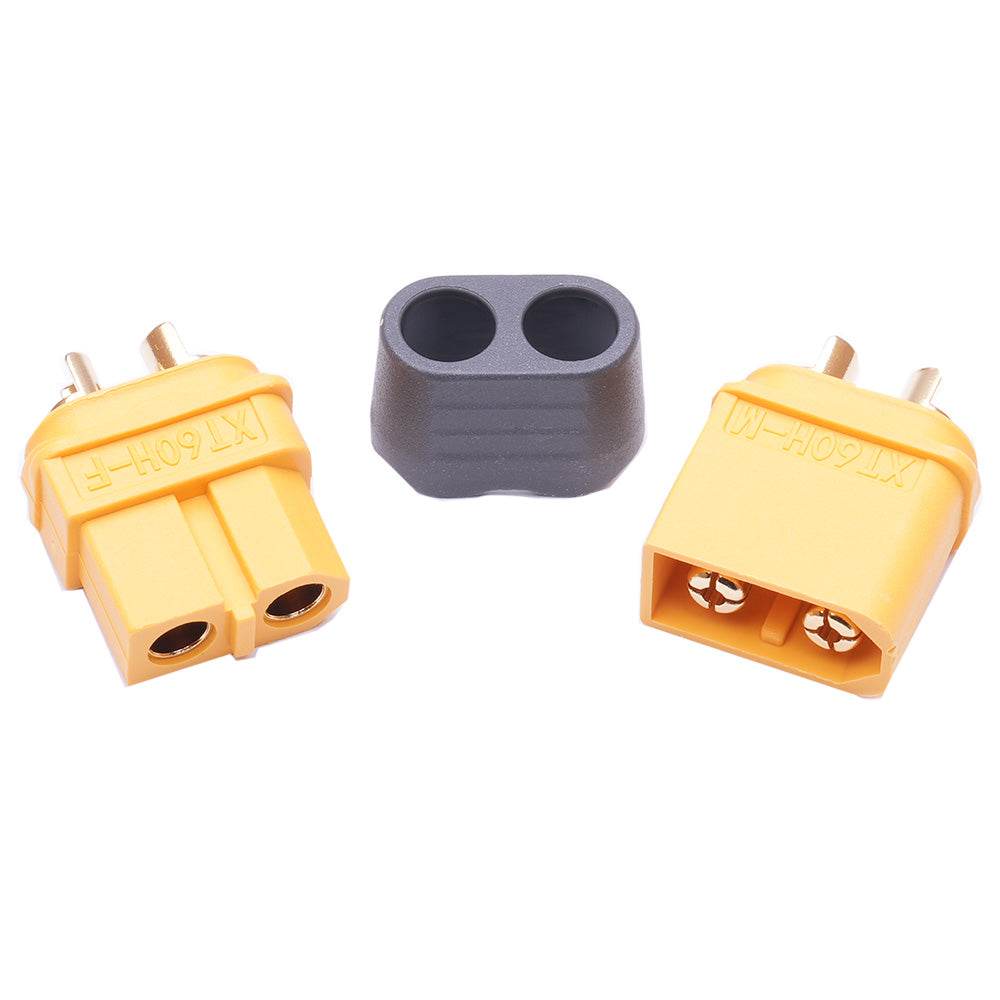

Plexa XT60 Female and Male Connectors with Sheath (pack of 10)
Sale price$15.99 AUD
In stock, 7 units


Emax EZ Pilot Beginner Indoor FPV Racing Drone With 600TVL CMOS Camera 37CH 25mW RC Quadcopter RTF - One Battery
Sale price$239.99 AUD
Sold out

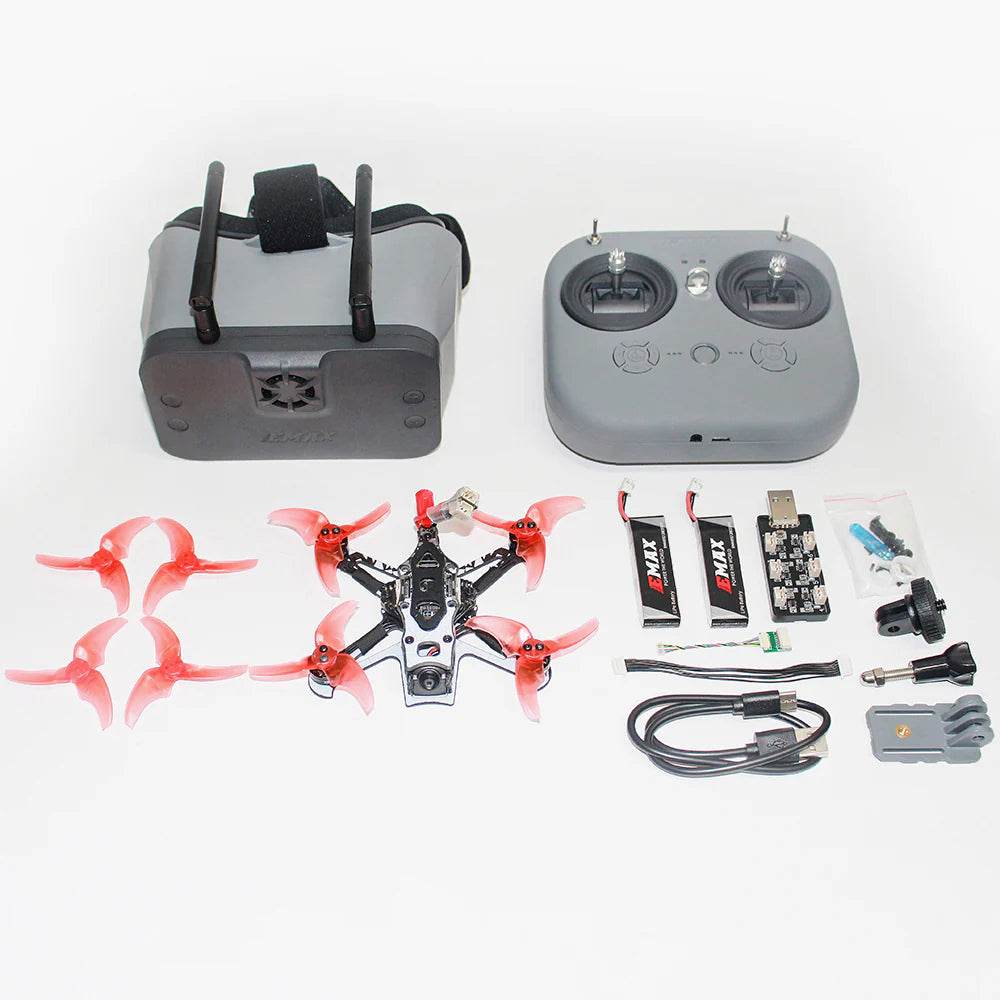
EMAX Tinyhawk III Plus Freestyle FPV Racing Drone RTF with HD Zero Plus ELRS
Sale price$799.99 AUD
Sold out

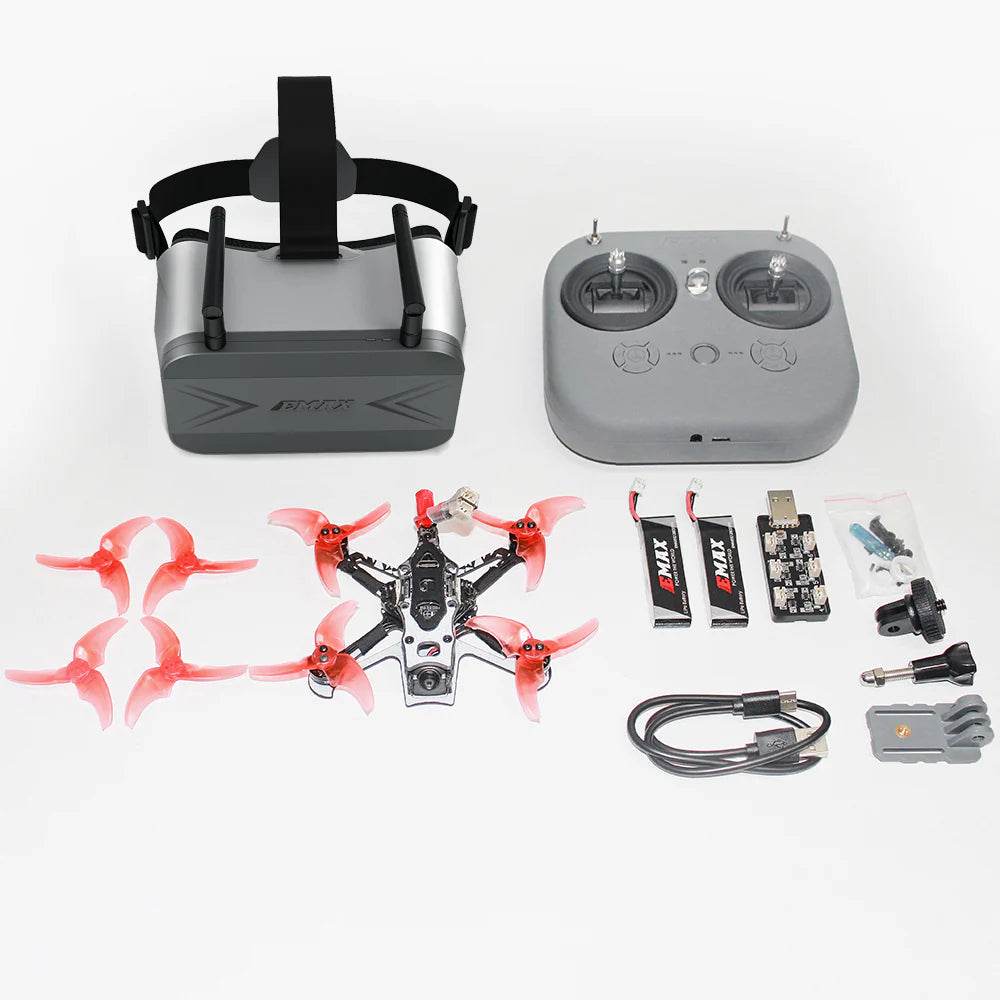
EMAX Tinyhawk III Plus Freestyle FPV Racing Drone RTF Analog version Plus ELRS
Sale price$449.99 AUD
Sold out
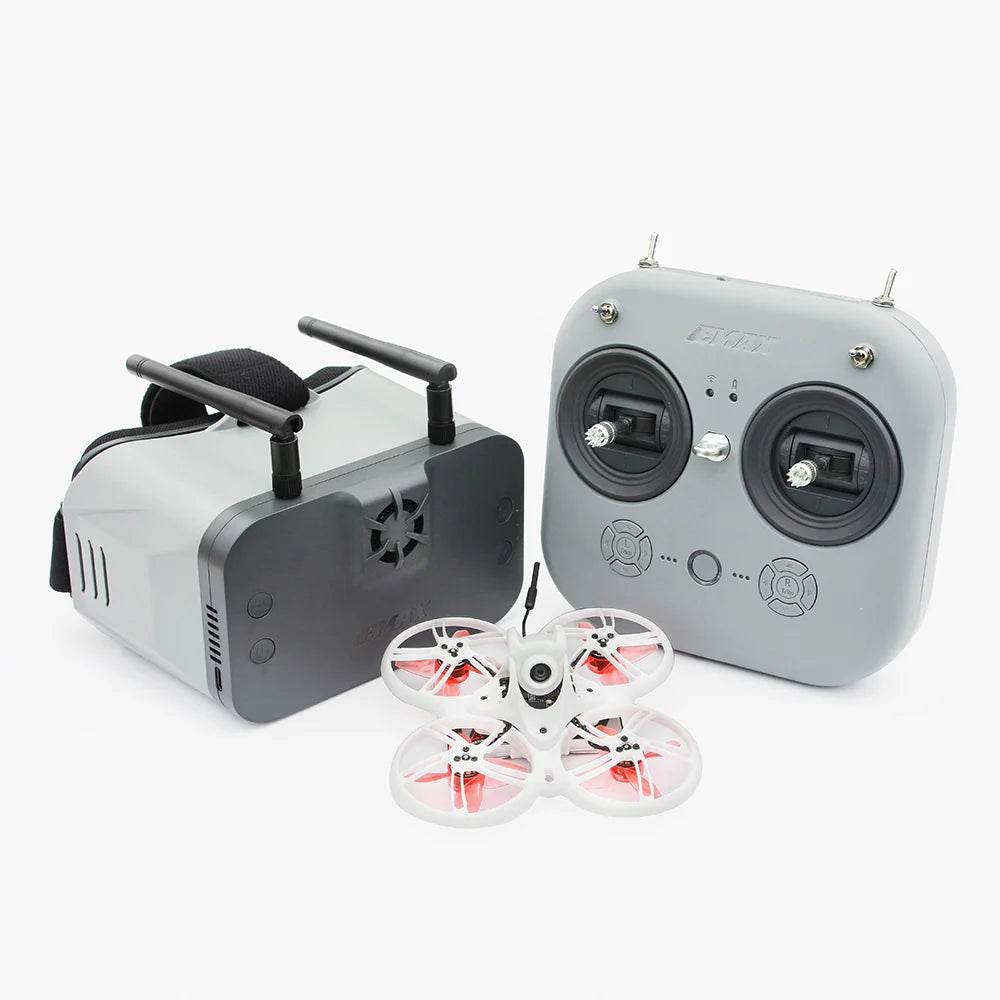
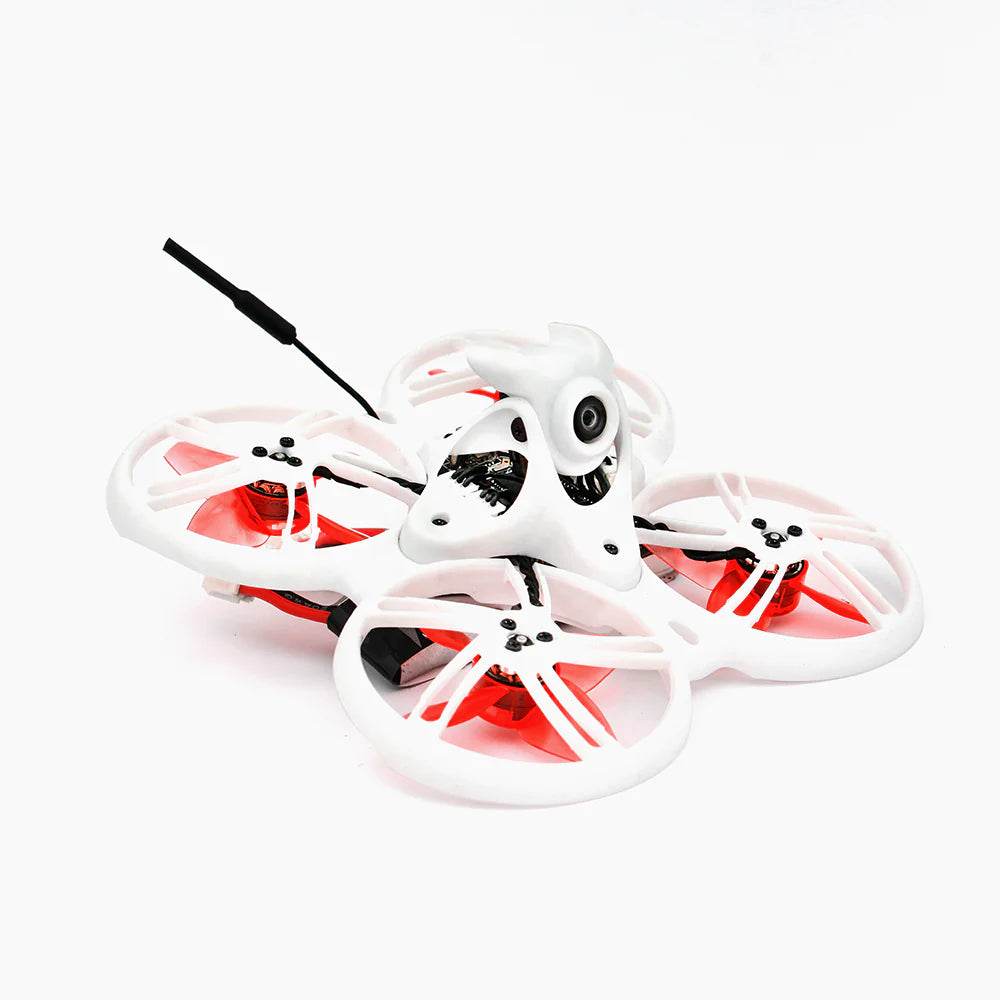
EMAX Tinyhawk III Plus FPV Racing Drone RTF HD Zero Version plus ELRS
Sale price$749.99 AUD
Sold out
Filters (0)





